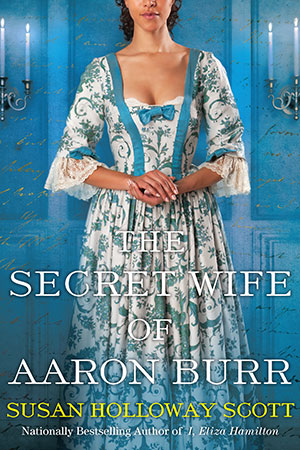Modern girls may believe that Barbie has the ultimate fashion wardrobe, but the long-ago owner of this 18thc wooden doll in the collection of Colonial Williamsburg would have argued otherwise - and she'd win.
Standing about 16" tall, this wooden doll is a true Georgian beauty, with brown glass eyes, a rosy painted complexion, and a curled hair wig. She has a cone-shaped figure that reflected the fashionable silhouette created for real women by stays. Her shoulders, elbows, legs, and hips are all jointed, which must have made her a costly toy indeed. (For comparison to other dolls of about the same era, see here, here, and here.)
This lady also has an enviable wardrobe that's entirely handsewn, shown here in her own storage drawer. Included are stylish gowns, stays, petticoats, shifts, nightgowns, a cloak, and a wealth of accessories that include caps, shoes, stockings, pockets, and handkerchiefs. Miraculously, only one piece is missing after more than two centuries, a fingerless mitt that has left the survivor without a mate.
While many surviving 18thc dolls (called pandoras) were meant to show the latest fashions in miniature in the shops of mantua-makers, this one was definitely a plaything. She was passed down through the daughters of a single family, and when she arrived in Colonial Williamsburg, she was accompanied by family letters that gave her an exceptional provenance. Most likely her original owner was Mary Anne Wainman (1784-1846), who might have played with the doll at her family's home, Carr Head, in the parish of Kildwick, West Riding, Yorkshire.
Many thanks to Linda Baumgarten, Jan Gilliam, and Christina Westenberger for "opening the drawers" of the collection for me, and for their assistance with this post.
Doll and original clothing, Great Britain, most likely England, c1790. Collection, Colonial Williamsburg. Photographs by Susan Holloway Scott with permission of The Colonial Williamsburg Foundation.









 One of us --
One of us -- 


